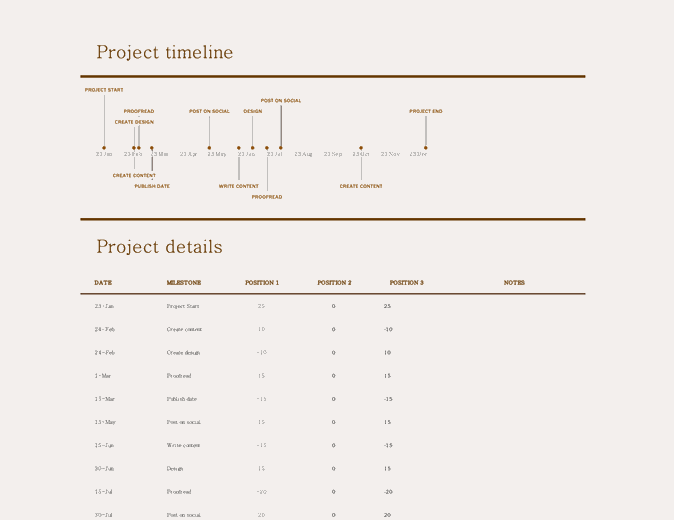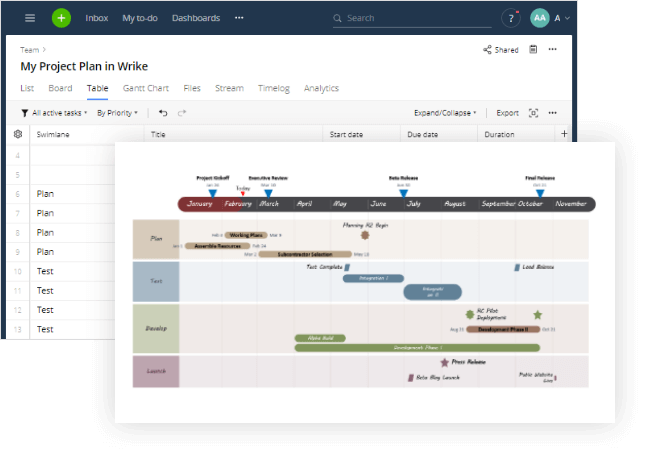
To put a Visio Guy slant on the press release, I’ve created a Visio timeline that illustrates the dates in Microsoft’s announcements. The puzzle is why Microsoft is pulling the rug out from under so many applications and scripts, including its own.I guess this post should have been titled Office 2010 Timeline, since Microsoft’s recent announcements confirm that the “14th” version of the popular office suite will follow the year-model naming convention. The situation with ADAL is less clear since it may continue to work on an unsupported basis.Īuthentication libraries are unexciting but essential plumbing. This is the case even in cases where "Microsoft Graph doesn't support a feature that is supported by Azure AD Graph," the company advises. Your apps will no longer receive responses from the Azure AD Graph endpoint after June 30, 2022." That document also states that "there are no exceptions to this deprecation. The company is also emailing admins with lists of applications it can detect, and it is possible to get reports from the Azure portal. How do admins discover whether and how these deprecated APIs are in use? Microsoft has various bit of guidance such as this one, which notes that any application which calls is affected. The V2.0 release ships with the newer MSAL library." This library will be deprecated in June 2022. Organizations using Azure AD Connect to synchronize on-premises AD with Azure AD must note that Microsoft has released AD Connect 2.0, saying that "the previous versions of Azure AD Connect shipped with the ADAL authentication library.
#MICROSOFT OFFICE TIMELINE OF RELEASES WINDOWS#
It had to happen: Microsoft's cloudy Windows 365 desktops are due to land next month.Microsoft abandons semi-annual releases for Windows Server.Microsoft reminds Azure App Service users that community support for Java 7 ends soon – shift to version 8 or beyond.Microsoft sinks standalone Hyper-V Server, wants you using Azure Stack HCI for VM-wrangling.Since each of these changes involves rewriting automation scripts, how long will it be until you decide to change everything again? My colleagues and I are quite tired of updating scripts to keep existing functionality when the previous modules work just fine." Now we all have to switch to dedicated MS Graph modules. Then we all switched to the Azure AD modules, then the Azure AD modules which use MS Graph (like Get-AzureADMSGroup etc). "It's quite frustrating that you never quite finish the job? We all started out writing PowerShell for the MSOL modules, and some stuff *still* requires that (like managing MFA). My colleagues and I are quite tired of updating scripts to keep existing functionality when the previous modules work just fineĪnother user said that Microsoft has a history of this kind of botched upgrade. The ADAL library on Nuget has, as of today, 160,772,485 downloads. Think of this as one small corner of a potentially substantial problem, with thousands of scripts in use which may either stop working or be unsupported in nine months.

While I am implementing as much as I can with Graph it is frustrating knowing that some of the scripts will need to be modified but I am unable to give the customers a timeline on when that will need to be done." "My concern is I am currently developing scripts for customers which will need to be replaced by the Graph APIs. The Azure AD module will die with the AAD graph shutdown in 2022."Īs the user then responded, it makes for difficult choices. Microsoft's official answer? "We don't have an equivalent for Set-MsolDomainAuthentication or Get-MsolDomainAuthentication right now, but eventually these will be part of MS Graph module.

However, a user complained this week that "when I visit the new module there is nowhere near the level of functionality around domain management that there is with the version 1.0 module," instancing APIs that no longer exist. "Customers are encouraged to use the newer Azure Active Directory V2 PowerShell module instead of this module," say the docs.


 0 kommentar(er)
0 kommentar(er)
